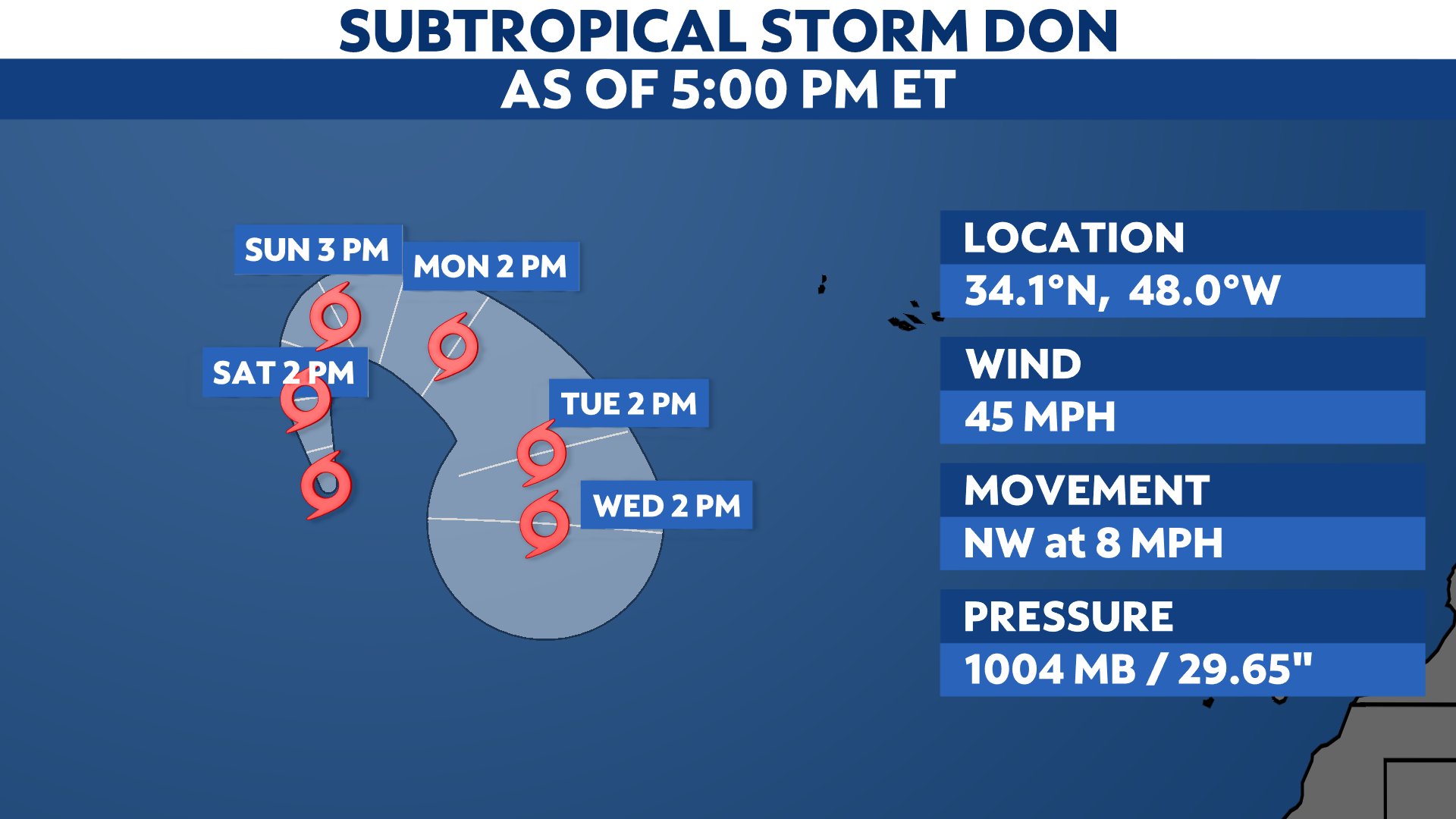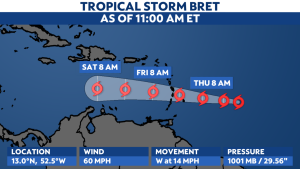We hit the ground running with severe weather at the beginning of year, with preliminary tornado reports running above average.
Note that preliminary reports aren’t the actual number of tornadoes. Those are later posted when the National Weather Service assesses the damage of each report and concludes if a tornado occurred or not.
The number of actual tornadoes is typically less than the preliminary reports. NOAA states this is because of “inaccurate reports or a single tornado being reported multiple times.”
Activity this year
April, May and June are when we see the most tornadic activity, but this year has been a little different.
The year started with a bang when January came in with 168 preliminary tornado reports, far above the January average of 35 tornadoes, making the month the third time reports have reached over 100 since 1950.
February came in with 55 reports, nearly double the average for the month, and March saw triple the month’s average with 253 reports.
March 31 alone brought 150 reports, which NOAA says is the “largest outbreak in a 24-hour period for March.”
We’ve also had 74 deaths from January to June this year, the highest since 2020 for that time frame.
April, May and June, months that are usually the most active, saw activity sink beneath the averages as shown in the chart above.
I talked to Matthew Elliott, a warning coordination meteorologist with the NOAA/National Weather Service Storm Prediction Center, and he said, “One of the biggest factors in the very active early part of the year (January through April) was the presence of a La Niña large-scale weather pattern, which can be very favorable for tornadoes across the Southeast United States. In fact, the top five most active January through April months on record (since 1950) occurred during a La Niña.”
“Another significant factor was the Gulf of Mexico was unusually warm during those months, which provided additional energy (in the form of moisture and heat) that’s needed for severe thunderstorm development.”
The threat of severe weather will continue through the warmer months, and some areas will see a second severe season toward the end of the year.
Have a severe safety plan and kit ready to go. It’s best to prepare now before severe weather is in the forecast.
Our team of meteorologists dives deep into the science of weather and breaks down timely weather data and information. To view more weather and climate stories, check out our weather blogs section.




